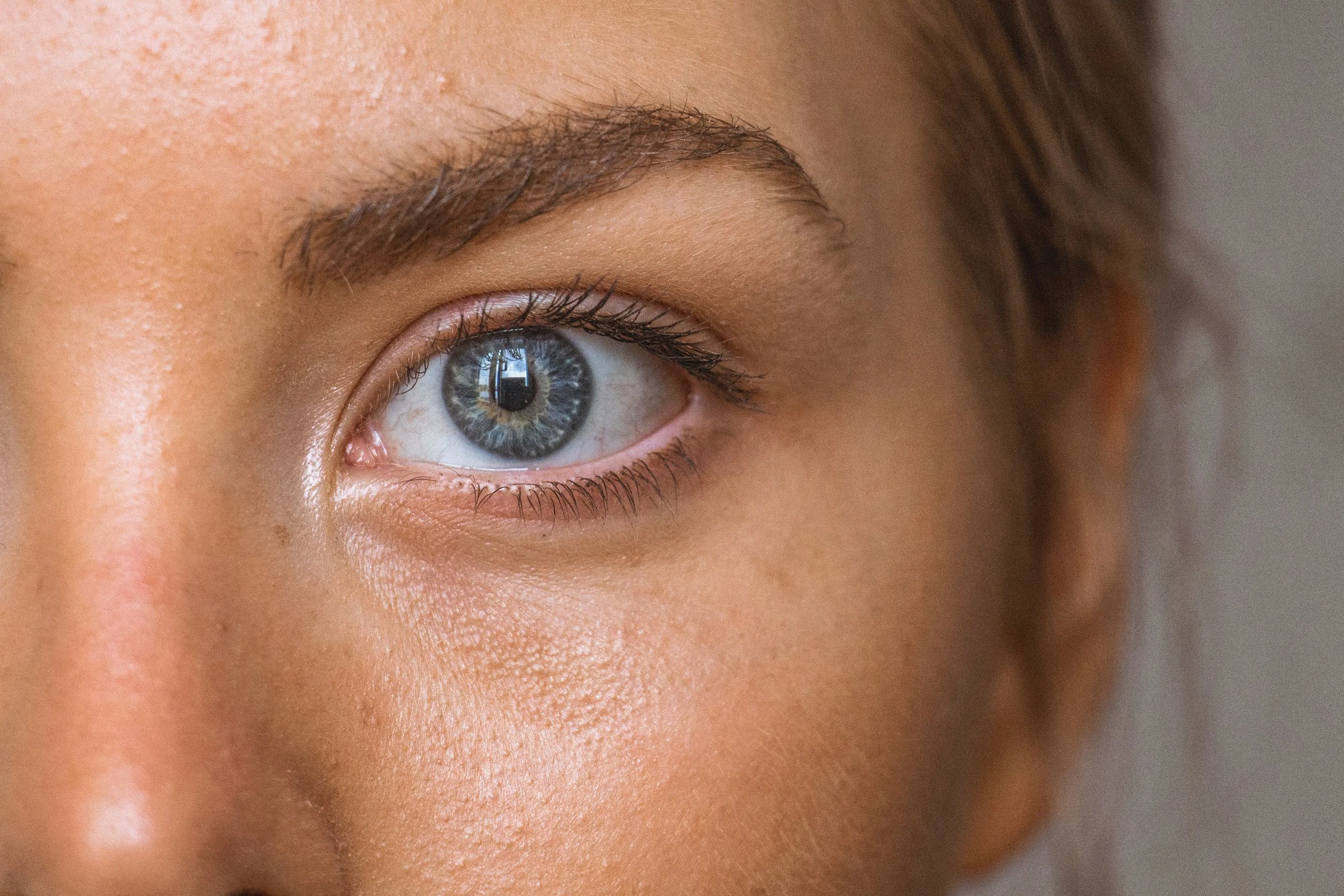Understanding Dry vs. Dehydrated Skin
Are you often confused about the difference between dry and dehydrated skin? The skincare experts at SKINCRVFT are here to help you understand these two common skin conditions. This knowledge can be your compass in selecting the ideal skincare products and routines tailored to your unique skin requirements.
Dry Skin: The Essentials
Dry skin, a persistent skin type, is marked by an insufficient production of sebum or oil. It often accompanies discomforts like itching and tightness, exacerbated by environmental factors such as weather, with winter months being particularly harsh. Knowing the nuances between dry and dehydrated skin empowers you to better address these symptoms.
Managing dry skin involves minimizing exposure to environmental stressors like hot water and replenishing surface lipids. This can be achieved through moisturizers, especially emollients (rich in oils for smoothing and softening) and occlusives (forming a barrier to prevent water loss).
Dehydrated Skin: The Fundamentals
Conversely, dehydrated skin signifies a lack of sufficient water. Adequate hydration, constituting around 30% of healthy skin, is vital for its structure and resilience. Dehydration can impact anyone, even those with naturally oily skin. Combatting dehydrated skin involves adopting healthy habits like staying hydrated and getting adequate sleep. Additionally, opt for hydrating skincare products with ingredients like glycerin for skin revitalization and fine line reduction.
Caring for Dry and Dehydrated Skin: Expert Tips
Understanding the distinction between dry and dehydrated skin lays the groundwork for effective management. Combat dryness and dehydration with these expert-approved tips for smoother, radiant skin:
Nourish and Protect Your Skin Barrier: This can result in excessive water loss, leading to dehydrated skin, increased sensitivity, and frequent irritation. You can help protect your skin barrier with antioxidant-rich treatments designed to strengthen and nourish the skin.
Moisturize Your Under-Eye Area: The lack of oil in this area makes under-eye skin uniquely susceptible to age-related concerns, like under-eye wrinkles, fine lines, and dark circles. To keep under-eye dryness at bay, using a moisturizing eye cream is vital.
Choose Gentle Cleansers: Cleansers with harsh ingredients, like strong acids or aggressive physical exfoliants, can damage the skin barrier, making you more prone to losing natural oils and water. Instead, reach for non-stripping formulas.
Use Pro-Aging Moisturizers: These can help minimize the appearance of some of these concerns for a more youthful appearance.

